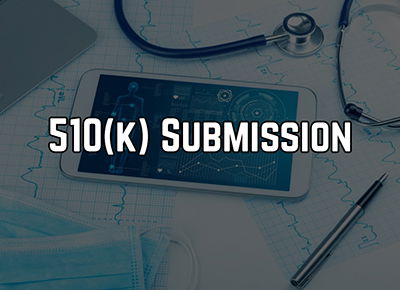Preparing A 510(K) Premarket Notification
🎤 John E. Lincoln | 📅 Recording Available | 🕒 90 Minutes
Description:
The regulation and control of new or substantially changed medical devices for sale in the US is primarily based on the 510(k) (along with PMA or DeNovo submissions). 510(k)s now can only be submitted to the FDA under the eSTAR (electronic Submission Template And Resource) Portal. What are the key steps and supporting documentation required.
This webinar will discuss current US Federal law on the 510(k), and associated requirements for getting a new or substantially changed medical device through the US FDA review process and to market in the USA. US law and the FDA require that a device be the subject of an approved marketing application and review but the US FDA before it is transported or distributed across state lines foes le in the US. Since October 1, 2023, the 510(k) submission is to be only by electronic means under the FDA's new eSTAR submission portal, with it's specific submission templates. Although the means of submission has changed, the basic content and purpose of the 510(k) has not. It's purpose is still to prove safety and effectiveness by means of a documented and tested comparison between the new / changed device, and an identified predicate device.
Areas Covered in the Session :
- The new eSTAR Device Submissions and the US FDA
- The 510(k) process
- The Major Sections of a 510(k)
- Documentation Requirements to Meet 510(k) Requirements
- Cybersecurity Submission Requirements
- New 510(k) Mod programs, Breakthrough and STeP, and Q-Sub
- Machine Learning and Artificial Intelligence Issues - FDA "Principles"
- Post-market requirements
Who Should Attend:
- Senior management in Devices, Combination Products
- Quality Assurance Departments
- Regulatory Affairs Departments
- Research and Development Departments
- Manufacturing Departments
- Engineering Departments
- Operations Departments
- Production Departments
- Medical Device product development teams
- Consultants; others tasked with device product development, manufacturing, process / product / data analysis, regulatory submission responsibilities


